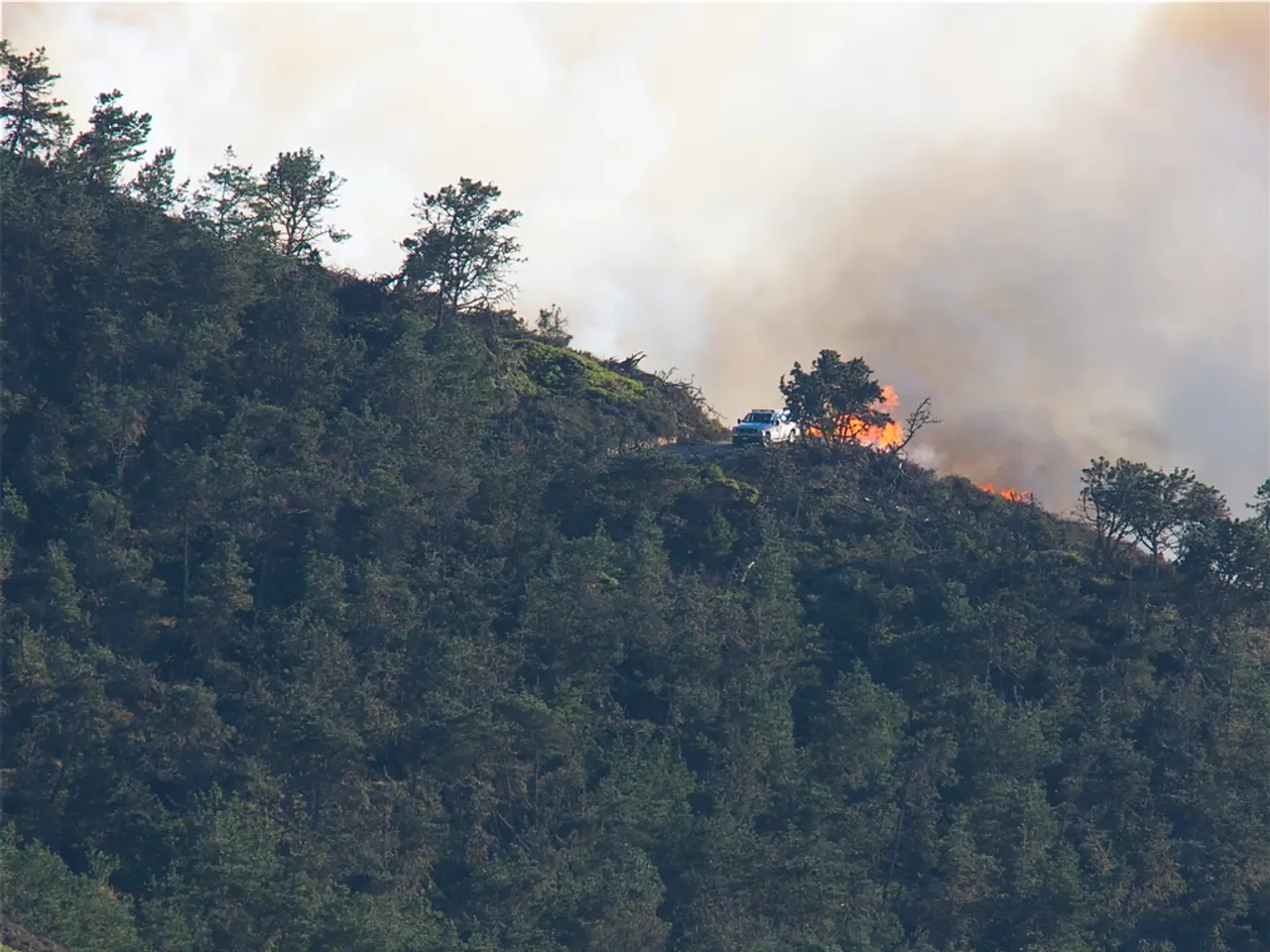Conflict in Ukraine: Russia asserts control over two fresh eastern regions
As early July 2025 approaches, the conflict between Russia and Ukraine remains intense, with ongoing territorial gains and significant drone and missile attacks.
### Territorial Gains
Russian forces have been making strategic gains in various regions of Ukraine, expanding their territorial control. According to data provided by the Institute for the Study of War, Russia currently occupies about 113,673 square kilometres (approximately 18.8% of Ukraine's land), having gained about 498 square kilometres (192 square miles) in the past month alone. Notable advances have been recorded near Kupyansk, Toretsk, Velyka Novosilka, and in western Zaporizhia Oblast.
Ukrainian forces have also made some advances recently, particularly near Borova, Siversk, and western Zaporizhia Oblast. However, Russian forces' southern advances near Pokrovsk have largely been stymied by Ukrainian drone attacks since late 2024.
Significant territories captured by Russian forces include Piddubne in the eastern region of Donetsk and Sobolivka in the Kharkiv region. The capture of Piddubne marks a significant move by Russian forces, as it was previously taken by them in December 2024. Similarly, the capture of Sobolivka marks a significant move in the Kharkiv region, an area where positions had not moved for months.
### Drone and Missile Attacks
Russia has escalated its use of drones and missiles substantially. In late June 2025, they conducted a massive air strike involving 477 drones and decoys and 60 missiles, marking the largest such strike since the start of the war. There was a record of 539 Russian drone attacks in a single day, with over 5,400 drones launched in June alone.
Ukraine's air defenses have struggled to intercept many of these attacks, managing to shoot down only a fraction of the more advanced ballistic and aeroballistic missiles like the Iskander-M, KN-23, and Kinzhal missiles. The effectiveness of Ukraine's missile defense relies heavily on Western-supplied systems, primarily from the U.S., which has recently suspended some lethal aid shipments to conserve Pentagon stockpiles, affecting Ukraine’s air defense capacity.
The drone and missile strikes have targeted both military and civilian locations, despite Russian claims of hitting only military targets. Civilian infrastructure and residential buildings have been hit multiple times, causing significant humanitarian impact.
### Political Context
Russian President Vladimir Putin has publicly rejected U.S. calls for a quick peace settlement and reaffirmed his commitment to Russia's war aims in Ukraine, including the elimination of what he terms the "root causes" of the conflict. This signalling little immediate prospect for negotiated peace.
The humanitarian toll continues to grow amid stalled peace negotiations and sustained hostilities. The most recent drone attack, involving over 530 explosive drones and approximately ten missiles, resulted in at least two deaths in Ukraine. This attack was one of several waves of massive nighttime strikes carried out by Russia on Ukraine in recent weeks.
- Amidst ongoing territorial gains and intensifying war-and-conflicts in Ukraine, the political landscape remains tense as Russian President Vladimir Putin rejects calls for a quick peace settlement, asserting his commitment to eliminating what he calls the root causes of the conflict.
- The general-news is rife with reports of drone and missile attacks, a significant escalation in the war-and-conflicts between Russia and Ukraine. Figures show that Russia conducted a record 539 drone attacks in a single day and over 5,400 drones were launched in June alone, causing significant damage to both military and civilian infrastructure.








